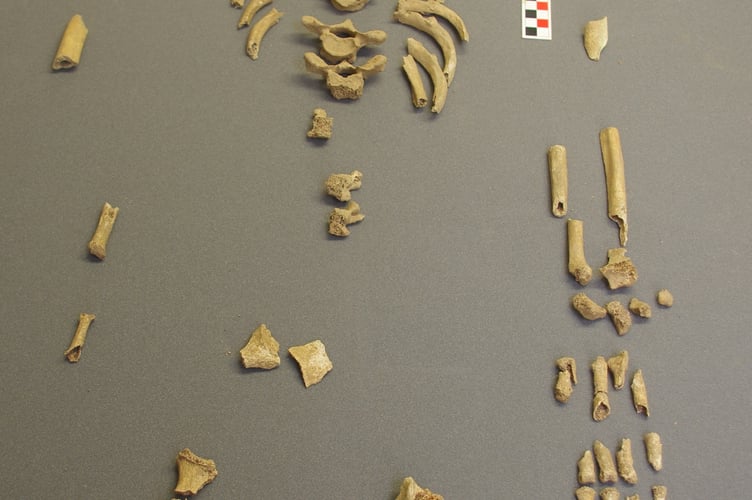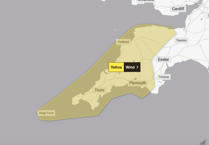ANALYSIS of the remains of two human skeletons which were discovered last winter along the Cornish coastline has revealed some fascinating insights into their lives.
The remains were discovered near Trevone, Padstow and the other during a beach clean at Sennen in Penwith.
The remains found near Padstow were called in from a member of the public.
Devon and Cornwall Police were notified and detectives and forensic officers attended the scene were it was deemed not a crime scene.
It was said that the remains had become visible from wear and tear of the coast and the footpath.
The second set of remains was found only a couple of months later during a regular beach clean. A skull was said to have been seen during the clean on a dune cliff.

When the remains were discovered only a short time apart from each other in 2023 authorise determined that they were historic and needed to be carefully excavated by specialists from the Cornwall Archaeological Unit (CAU) who would analyse the skeletons.
Ann Reynolds, senior officer for the Rural Historic Environment at Cornwall Council who was involved in the excavations, said: “Analysis carried out by Cornwall Archaeological Unit has given us a fascinating insight into why the remains were found in the two locations.
“Although only the skull remained of the Sennen body, radiocarbon dating has placed this individual firmly into the Middle Bronze Age, living around 3,300 years ago.
“Given this age, it is more likely that this was a grave site that has been washed out by successive storms, and the remains gradually washed away until only the head remained and was spotted during a beach clean.
“We cannot tell much more due to the limited survival of the bones, but it might be male and of around middle age. Although the cranium had noticeable thickening which is more often observed in older women.
“We can piece together far more about the remains at Trevone, which provide revealing insights into this individual and their lifestyle. They are most likely to be male and of somewhere between 25 to 40 years of age at the time of death.
“Radiocarbon dating has indicated that the remains date from the 18th century, potentially as early as 1580 but no later than 1800 in date, although the results gave a higher level of probability of around 1700.
“The bones suggest that the individual had done a lot of very heavy manual labour, like pulling and hauling, suggesting that they had very well-developed upper body muscle.
“These activity-related changes to the back of the head, shoulders and upper arms are consistent with an active lifestyle involving persistent use of the arms/shoulders and fit with the theory that this was a shipwrecked mariner.
“Some activity-related wear to the teeth may also be consistent with a sailing lifestyle as there is a suggestion of repeated holding of cord/rope in their mouth from wear patterns on the teeth.
“They also had a probable healed soft tissue injury to their left shoulder and a possible healed injury to the nasal region, suggesting a broken nose. “There is evidence of an active or healing infection indicative of sinusitis at time of death.
“The burial itself was very compact, suggesting that they may have been buried in a tightly wrapped shroud. The body had been lost below the knees, probably by the foundations for the installation of a bench.
“In all, the evidence is as good as we will ever get to suggest that this was indeed an 18th century shipwrecked sailor.”

Martyn Alvey, portfolio holder for environment and climate change at Cornwall Council, said: “This is a fascinating insight into the life and times of a mariner which is so synonymous with Cornwall and our seafaring history.
“It will be interesting to see what else the wonders of modern science and forensics may be able to discover about this man, and the individual from Bronze Age times, before they are finally laid to rest once more.”
Emily Stevenson, co-founder of Beach Guardian, who came across the remains of the human skull on a dune cliff at Sennen Cove, said: “All of us at Beach Guardian are so grateful to everyone involved in this investigation, which has enabled us to gain an insight far into the past following an unexpected discovery on a beach clean.
“We always encourage people to join conservation efforts in order to preserve and protect the future, and this has really highlighted to us the importance of beach cleaning and conserving the coastal environment, so that we may also glance into the past too.”

It is said that when any human remains are discovered, they should not be touched or moved and should be reported immediately to the police.




